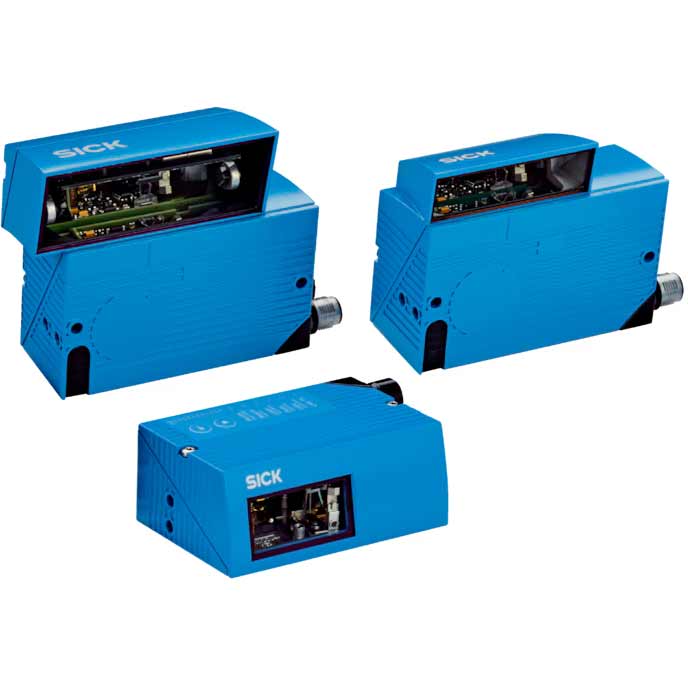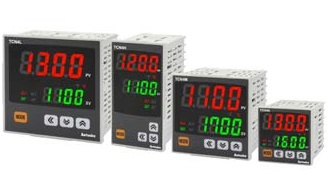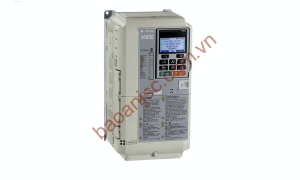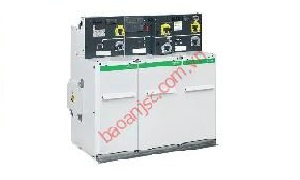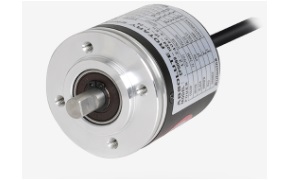COGNEX: SOLUTIONS TO ENSURE PACKAGING TRACEABILITY AND BARCODE QUALITY

Barcode reading and verification in consumer products, food and beverage, pharmaceutical, and medical device packaging applications are critical to ensuring proper packaging traceability and security. Image-based barcode readers and barcode verifiers help manufacturers and distributors move products through production quickly, track products along the supply chain in the event of product recalls, prevent counterfeiting, and meet global and retailer-specific regulations.
Image-Based Barcode Readers
1D or 2D barcodes are used to simplify data capture and traceability. Labels located on various sides of packages often need to be read in rapid succession, simultaneously, and from extreme angles. Manufacturers, distributors, and retailers must be able to read codes quickly and accurately for maximum efficiency and throughput. But codes can be degraded, damaged, missing vital elements, or marked on curved or shiny surfaces that make them hard to read. This can result in delayed production, costly reprints, wasted product, and chargebacks.
Image-based barcode readers use patented decoding algorithms to quickly and reliably decipher codes on high-speed lines, multiple sides of packages, at extreme angles, and from extended ranges. Cognex barcode readers decode even the most damaged, distorted, blurred, or low-contrast barcodes, delivering industry-leading read rates. With a large depth-of-field and wide field-of-view, Cognex barcode readers can even read multiple codes simultaneously. Reading multiple barcodes within a large field of view is imperative in serialization, product packing, and traceability applications.

Image-Based Barcode Readers
Packaging Traceability Systems
There are global regulations that must be met to provide a trail of information that follows each item through the supply chain. To ensure proper packaging traceability, producers must be able to quickly identify and locate products in the supply chain. To achieve this, many companies use 2D barcodes, vision systems, and image-based barcode readers as key components in a simple yet robust traceability system. Data Matrix codes have been adopted as standard in many applications because they allow the storage of information such as manufacturer, product ID, lot number, expiry, and even a unique serial number.
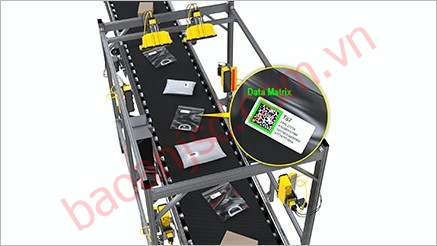
Packaging Traceability Systems
Track and trace solutions assure full compliance with safety and traceability laws by capturing an image of a code at each scan point and storing its encoded data in a central database. Cognex barcode readers reliably read 1D and 2D codes regardless of barcode quality or orientation. Image-based barcode readers have the speed and accuracy to ensure packages of all shapes and sizes are properly sorted, picked, stored, or shipped and can be easily identified and located in the event of a product recall.
Anti-Counterfeiting Solutions
Counterfeit products are a problem in many industries including pharmaceuticals, cosmetics, luxury goods, tobacco, food, and alcohol. These items are susceptible to counterfeiting when their origin and authenticity cannot be verified. The consequences of fake products can range from lost revenue to parts that break or malfunction, putting users at risk and leading to litigation. A lack of product security impacts manufacturers, who are responsible for the individual serialization of their products, as well as the distributors and retailers bringing them to market. Many governments have instituted mandatory regulations to deter counterfeiting.
To combat the distribution of falsified, mislabeled, and potentially hazardous items, manufacturers are turning to item-level serialization and ultraviolet (UV) or invisible codes. As mentioned, a Data Matrix symbology encodes information about the manufacturer, product ID, expiration, and a unique serial number in every finished good. Codes can be printed onto individual items, as well as their packaging. This makes commonly counterfeited goods traceable at multiple stages of handling and at the point of sale.

Anti-Counterfeiting Solutions
To track the origin and authenticity of goods, Cognex image-based barcode readers read codes, even ultra-small codes, quickly and accurately. They can capture and store images of no-reads or string validation failures to fight counterfeiting. For UV codes, barcode readers using a UV lighting module and lens filter illuminate and quickly decipher the code using high performance decoding algorithms.
Barcode Quality Verifiers
Labels on packaging may have poorly printed, low-contrast, scratched, or otherwise hard-to-read codes. A failure to scan a code on a package along the supply chain can slow down production lines and cause costly reprints, wasted product, and chargebacks. Many industries with product safety and traceability concerns have industry quality standards or International Organization for Standardization (ISO) guidelines that must be met.
Cognex barcode verifiers grade the quality of codes to ensure they meet quality thresholds. Verifiers require calibration and use specified lighting to meet ISO standards. An overall grade is assigned based on several parameters such as symbol contrast, modulation, pattern damage, and decodability. By monitoring verification results, code issues can be identified when quality starts to decline so corrective action can be taken right away. Verification software also generates reports to certify code quality.
Source: Cognex
For more information:
- Address: Vân Tra, An Đồng, An Dương, Hải Phòng city
- Hotline: 0936.985.256
- Website: https://baoanjsc.com.vn
- Email: baoan@baoanjsc.com.vn.
- Fanpage: https://www.facebook.com/BaoAnAutomation
- Bao An Automation - Distributor of SICK electrical equipment in Vietnam
- Economy digital torque meter
- Dong IL ASG-A050W antistatic bar: Effective solution for industrial environment
- Bengine EBS Medium Torque Series Electric Screwdriver
- CSS High Resolution Sensor - SICK's ultra-precise color detection solution

